Fukushima water release to start within months, but IAEA experts to review final plan first
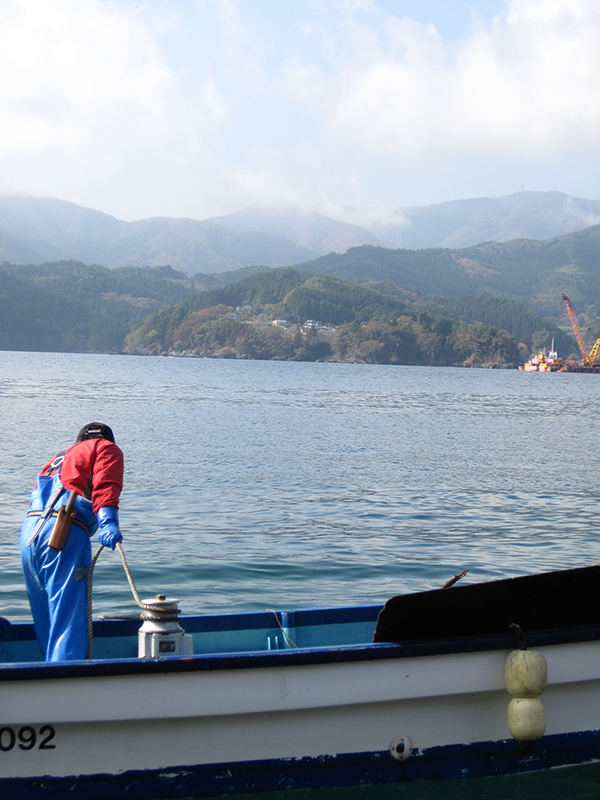
An International Atomic Energy Agency (IAEA) team has arrived in Tokyo for a final review before Japan begins releasing treated radioactive water into the sea from the Fukushima nuclear plant – a plan that has been strongly opposed by local fishing communities and neighboring countries.
The team, which includes experts from 11 countries, will meet with officials from the government and the plant operator, Tokyo Electric Power Company Holdings, and visit the Fukushima Daiichi nuclear power plant during their five-day visit, according to a report from the Associated Press News.
Japanese officials announced plans in April 2021 to gradually release the wastewater following further treatment and dilution to what some experts say are safe levels. The water will be treated to legally releasable levels and further diluted with large amounts of seawater. It will be gradually released into the ocean over decades through an undersea tunnel, which they claim is harmless to people and marine life.
The Fukushima water release is expected to start within a few months after safety checks by Japanese nuclear regulators of the newly constructed water discharge facility and a final report by IAEA is expected in late June.
However, the Fukushima water release plan has faced opposition from local fishing communities concerned about safety and reputational damage. Nearby countries, including South Korea, China and Pacific Island nations, have also raised safety concerns. Furthermore, some scientists say the impact of long-term, low-dose exposure to radionuclides is unknown and the release should be delayed.
Japanese officials say the water stored in the tanks needs to be removed to prevent accidental leaks in case another disaster strikes and to make room for the plant’s decommissioning. However, Japan is now working with IAEA to ensure the Fukushima water release plan meets international safety standards and to better understand other countries’ perspectives.
Follow the Advocate on Twitter @GSA_Advocate
Now that you've reached the end of the article ...
… please consider supporting GSA’s mission to advance responsible seafood practices through education, advocacy and third-party assurances. The Advocate aims to document the evolution of responsible seafood practices and share the expansive knowledge of our vast network of contributors.
By becoming a Global Seafood Alliance member, you’re ensuring that all of the pre-competitive work we do through member benefits, resources and events can continue. Individual membership costs just $50 a year.
Not a GSA member? Join us.
Author
Related Posts
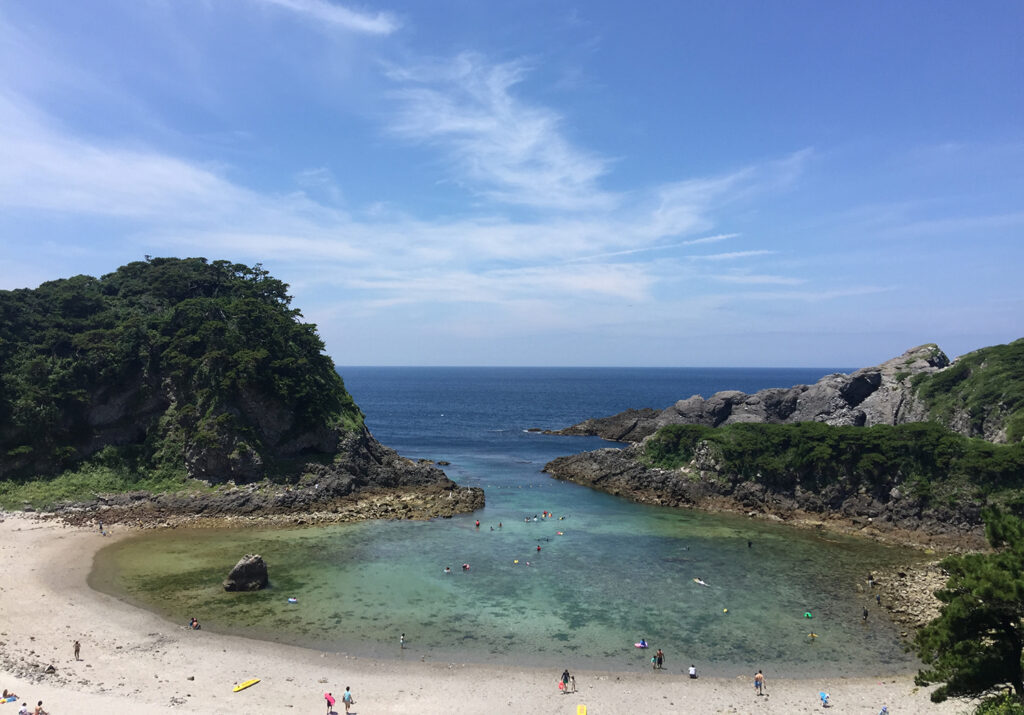
Responsibility
Is a Japanese volcano offering us a sneak preview of ocean acidification?
Shikinejima is a scenic getaway for tourists but the seas surrounding its volcano offer a glimpse of how the ocean could behave in the future.
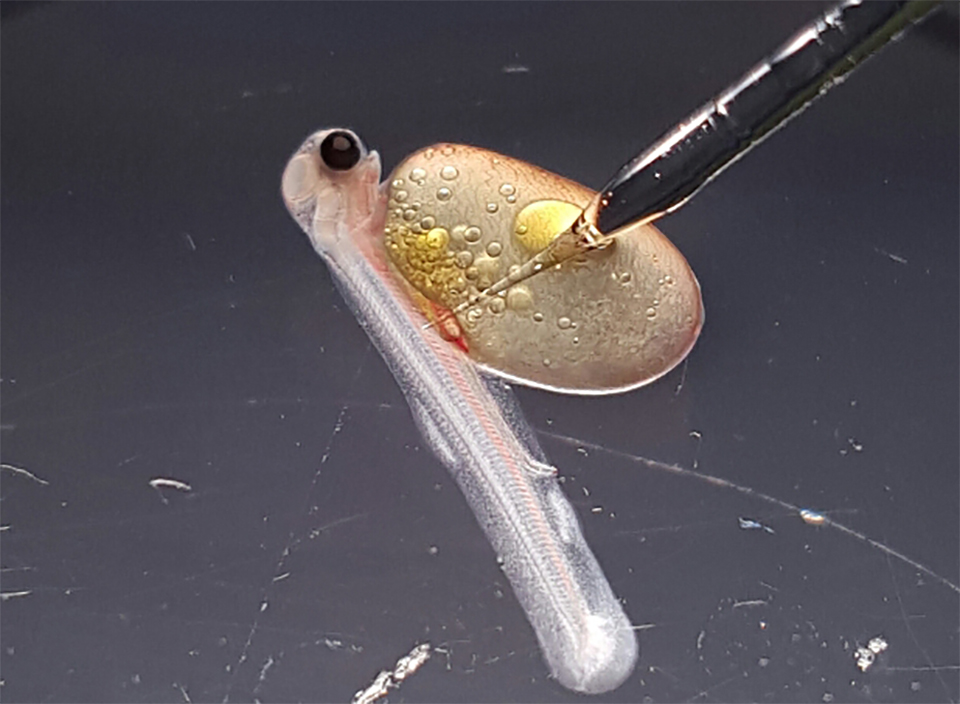
Responsibility
In Japan, aquaculture is deployed in the defense of endangered species
Tokyo University researchers have learned to spawn fish from germline stem cells in vitro, a method that can be deployed to help endangered species.
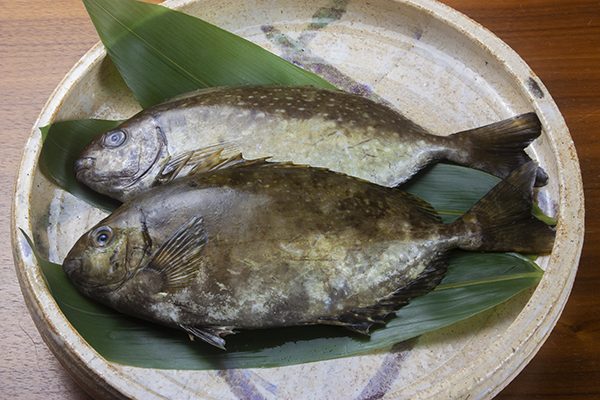
Intelligence
Does rabbitfish farming offer a solution to food waste in Japan?
Japan’s aquaculture sector is turning to rabbitfish farming to find a solution to food waste and promote the benefits of farmed fish.
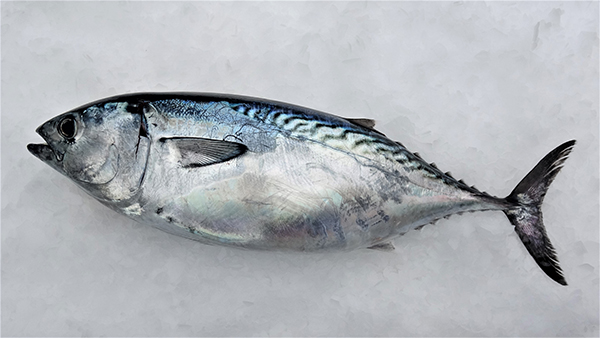
Intelligence
Artificial intelligence is taking fish farming (and sushi) in Japan to greater heights
From artificial intelligence to remotely operated vehicles, new technologies offer Japanese aquaculture improved efficiency and insights into fish farming.



